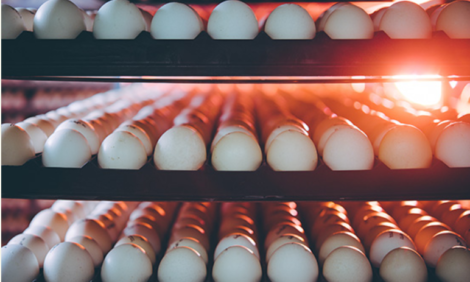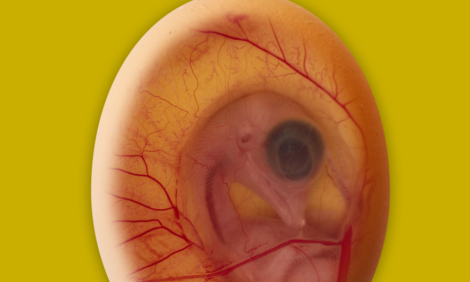



New report shows that CAP measures help bolster farm income
The EU's Common Agricultural Policy (CAP) measures play an important role in supporting farm income, according to a newly-published report.Direct income support strongly contributes to stabilizing farm income, with direct payments and support to areas facing natural constraints playing an important role. Market measures, EU quality schemes and various rural development measures contributing to productivity growth also have a role in supporting farm income by limiting downward price volatility and improving competitiveness.
However, despite a steady and continuous improvement, the income gap between agricultural and non-agricultural income remains considerable. These are among the key findings from the evaluation of the CAP’s impact on viable food production published by the European Commission.


Based on an external study and additional economic analysis, this evaluation is particularly relevant in light of the objectives set out in the Farm to Fork Strategy, and in response to the challenges posed by the COVID-19 pandemic.
The conclusions of the evaluation are generally positive on the effectiveness, efficiency, relevance, coherence and EU added value of the measures. Still, the evaluation identifies room for improvement for the effectiveness of coupled support in terms of purpose and competitiveness, for a better targeting of income support by Member States and tools aiming at stabilising agricultural markets. Administrative and management efficiency of greening payments and of the rules defining active farmers could also be improved. Furthermore, the evaluation concludes that coherence of the CAP requires close monitoring, in particular regarding the increased flexibility in the implementation of the future CAP and the Farm to Fork and Biodiversity Strategies’ objectives.
Nevertheless, direct income support strongly contributes to stabilizing farm income, with both CAP pillars playing an important role. The EU average share of CAP support in farm income is 36% and the share of direct payments is 26%.
External convergence, a mechanism that aims to progressively adjust income support in each country to bring them closer to the EU average level, is effective in reducing disparities between Member States. Internal convergence, which aims to adjust income support within each country or region, is generally effective in reducing disparities between farmers in Member States. However, its implementation and the reduction of payments (degressivity) has been limited and not always led to a noticeable reduction in the concentration of direct income support overall. Still, the redistributive payment has been effective in targeting smaller farms.


Finally, the evaluation highlighted that targeting of measures has improved under the 2014-20 CAP, but depends on the implementation choices of Member States.
Background
The 2014-20 CAP includes viable food production with a focus on agricultural income, agricultural productivity and price stability as one of the three general CAP objectives. The specific objectives for viable food production are those related to "market stability", "farm income" and "agricultural competitiveness".
The design of the 2014-20 CAP was influenced by the 2014-20 Multiannual Financial Framework, with implications for the implementation of the various CAP instruments, including:
- External convergence to reduce the differences in the level of income support per hectare based on historical disparities between Member States;
- Degressivity to improve the distribution of direct payments by reducing the basic income support above a certain level;
- Flexibility between the two funds of the CAP (European Agricultural Guarantee Fund and European Agricultural Fund for Rural Development), allowing Member States to better target the available financial resources to match their particular objectives.









